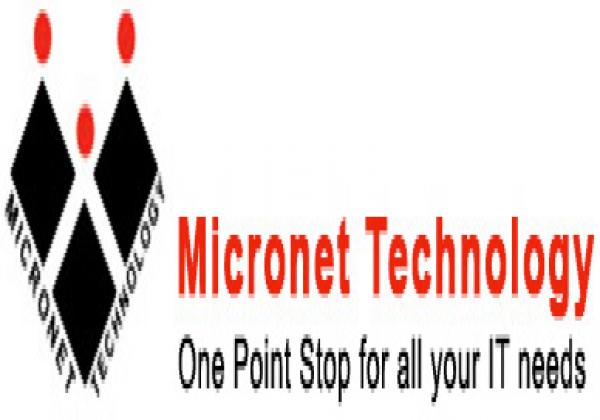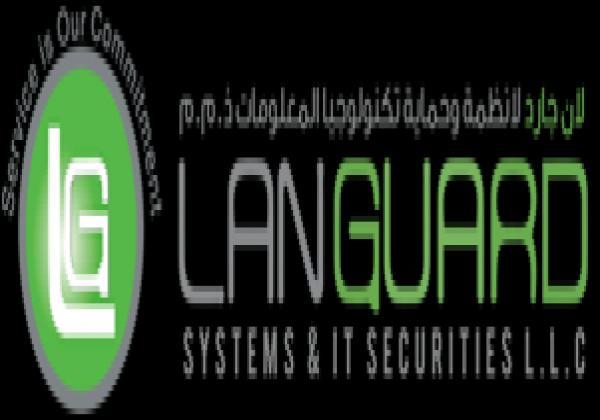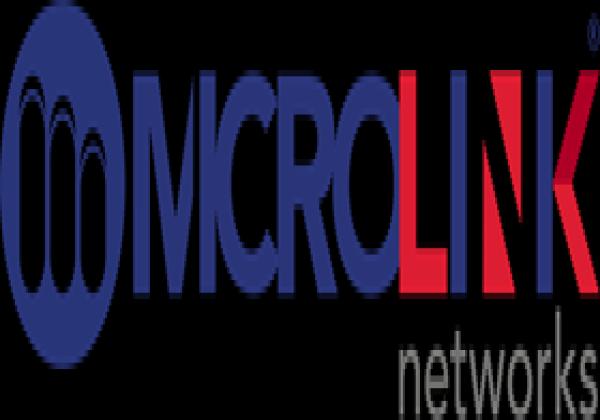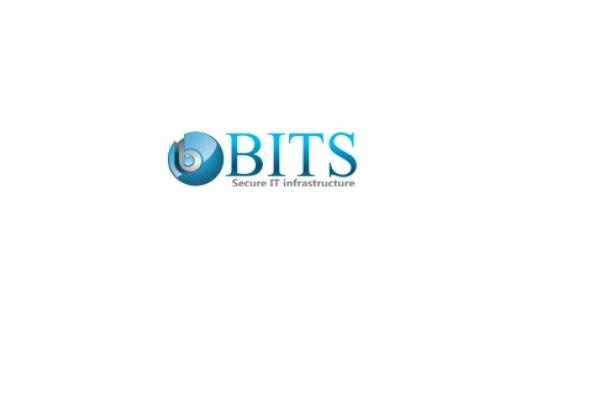Fiber visual locator Suppliers in Dubai,UAE

Micronet Technology
Phone: 0505648497
Emirate:Dubai, P.O.BOX:182415
Address:Office 102, Rifa Old Building, Opp Palm Beach Hotel, Khalid Bin Waleed St, Bur Dubai

LAN GUARD
Phone: +971 2 6329170
Emirate:Abu Dhabi, P.O.BOX:
Address:M01 Floor, Princess Jewellery Building, Khaleefa Street, Abu Dhabi, United Arab Emirates

Microlink networks llc
Phone: +97145561557
Emirate:Dubai, P.O.BOX:
Address:Boulevard Plaza Tower One, Level 3, Downtown Dubai, United Arab Emirates

Bits Secure IT Infrastructure LLC
Phone: +971 43282444
Emirate:Dubai, P.O.BOX:3282444
Address:SUNTECH Tower - Office 903 - Dubai Silicon Oasis - Industrial Area - Dubai - United Arab Emirates
A fiber visual locator (VFL), also known as a laser pointer or light source, is a handheld device used to locate faults and breaks in fiber optic cables. It works by emitting a visible red laser light into one end of the fiber. If the fiber is intact, the light will travel through the core and exit the other end. However, if there is a break, bend, or other defect in the fiber, the light will leak out and become visible along the cable jacket.
Here are some of the key features and benefits of using a fiber visual locator:
Easy to use: VFLs are simple to operate, requiring no special training or expertise.
Portable and lightweight: They are typically small and compact, making them easy to carry and use in different locations.
Cost-effective: VFLs are relatively inexpensive compared to other fiber optic test equipment.
Quick and efficient: They can quickly identify breaks and faults in fiber optic cables, saving time and effort.
Non-destructive: VFLs do not harm the fiber optic cable, making them safe to use.
Applications of fiber visual locators:
Locating breaks and faults in fiber optic cables
Tracing the path of a fiber optic cable
Verifying fiber continuity
Identifying polarity issues
Inspecting fiber optic connectors for damage
Things to consider when choosing a fiber visual locator:
Output power: Higher power lasers can travel longer distances and are more visible in brighter environments.
Wavelength: The VFL's wavelength should be compatible with the type of fiber optic cable being tested.
Connector type: The VFL should have a connector that is compatible with the type of fiber optic connector being used.
Operating temperature: The VFL should be able to operate in the temperature range where it will be used.
Here are some of the key features and benefits of using a fiber visual locator:
Easy to use: VFLs are simple to operate, requiring no special training or expertise.
Portable and lightweight: They are typically small and compact, making them easy to carry and use in different locations.
Cost-effective: VFLs are relatively inexpensive compared to other fiber optic test equipment.
Quick and efficient: They can quickly identify breaks and faults in fiber optic cables, saving time and effort.
Non-destructive: VFLs do not harm the fiber optic cable, making them safe to use.
Applications of fiber visual locators:
Locating breaks and faults in fiber optic cables
Tracing the path of a fiber optic cable
Verifying fiber continuity
Identifying polarity issues
Inspecting fiber optic connectors for damage
Things to consider when choosing a fiber visual locator:
Output power: Higher power lasers can travel longer distances and are more visible in brighter environments.
Wavelength: The VFL's wavelength should be compatible with the type of fiber optic cable being tested.
Connector type: The VFL should have a connector that is compatible with the type of fiber optic connector being used.
Operating temperature: The VFL should be able to operate in the temperature range where it will be used.


